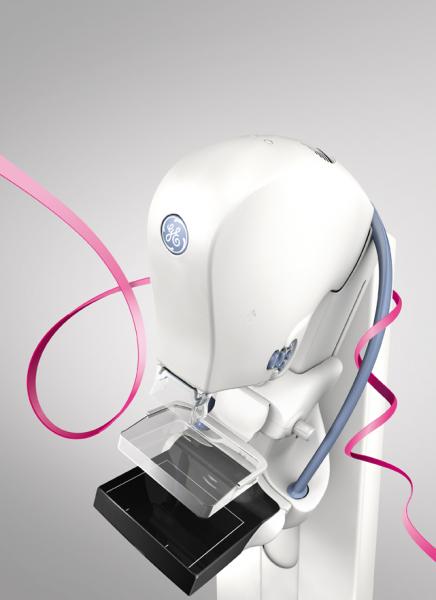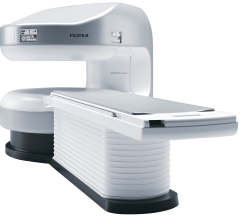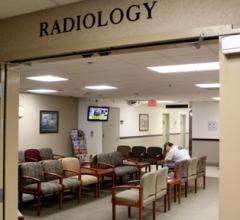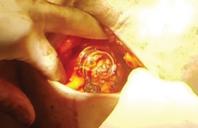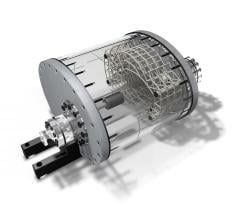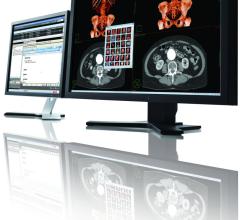Remember the race to map the human genome, when the widest international collaboration in history went up against the efforts of a private corporation, Celera? The race ended in a tie in 2001 with near simultaneous publications in Nature (public effort) and Science (Celera) as both public and private sectors served up analyses of about 80 percent of the genome. Unfortunately, the outcome of this Herculean effort did not come close to meeting expectations.
When Sentara Healthcare decided to offer 3D mammography, also known as breast tomosynthesis, across its network of comprehensive breast centers in Virginia, it adopted the technology at 10 breast centers over 12 months. It was a successful introduction based on a carefully orchestrated implementation strategy. The technology would impact many aspects of the Sentara Cancer Network, requiring close collaboration and coordination with Sentara leadership, breast center staff, private radiologists and surgeons, as well as Sentara IT, finance, marketing and communications, hospital administrators, referring physicians and patients.
Early detection is an important and valuable tool in the continuing fight against breast cancer. Research has found that cancers discovered during early screening exams are often smaller in size and still confined to the breast compared to those found later. When considering these two factors, the size and spread of breast cancer — the most important predictors of prognosis for women with the disease — early detection has become a focal point in cancer care. As a result, the American Cancer Society (ACS) has established guidelines that recommend women over 40 undergo annual screening mammograms.
Fujifilm’s APERTO Lucent is a 0.4T mid-field, open MRI system addressing today’s capability and image quality needs ...
With information just a click away, the widespread use of the Internet has given rise to a more educated consumer. It is no surprise then, that this increase in consumer education has permeated the healthcare industry. No longer are patients arbitrarily accepting referrals from one physician to another. Rather, they are using all available information to decide what healthcare facility to visit or which healthcare professional to see. Patients are also using their experiences, through reviews, to help others make similar decisions.
A large multi-campus health system based in Des Moines, Iowa, UnityPoint Health serves patients across Iowa, Illinois and Wisconsin. In recent years, the system has grown rapidly and so has the need for IT support and storage — particularly in the area of radiology. As more community network hospitals joined, the imaging systems were facing a continuing cycle of hardware replacement and upgrades. To meet the challenges of providing more efficient healthcare while keeping costs down, UnityPoint is moving to a completely virtual server environment. In this interview Matthew Bishop, enterprise solutions architect, explains what they are trying to achieve and how healthcare IT is helping them overcome challenges and reach their goals.

SPONSORED CONTENT — Fujifilm’s latest CT technology brings exceptional image quality to a compact and user- and patient ...
The digitization of medical imaging at hospitals has come a long way since the early picture archiving and communication systems (PACS) of the 1990s, according to Eric Rice, chief technology officer for Mach7 Technologies. With more institutions investing in electronic medical records (EMR) and Meaningful Use criteria driving the push toward even better management and storage of patient images, the enterprise imaging strategy has evolved into a vital necessity for many healthcare organizations. This involves the handling of images not only across certain departments, but also across entire hospitals and healthcare networks. The value of developing an enterprise imaging strategy is inherent to any organization, said Rice, whether they are in the process of implementing their EMR platform or looking for ways to optimize it.
SPONSORED CONTENT — Fujifilm’s latest CT technology brings exceptional image quality to a compact and user- and patient ...
October 3, 2014 — Esaote North America announced that its new MyLab Gamma ultrasound system has received 510(k) clearance from the U.S. Food and Drug Administration (FDA) and is now available for sale in the United States.
The trend in breast cancer treatment these days is all about precision, with the twin goals of controlling the cancer better and reducing side effects. Great advances have been made in radiation delivery methods that make it possible to more precisely target the tumor bed, plus a small margin around it where the cancer would be most likely to recur. By tightly focusing on these areas alone, radiation oncologists can minimize exposure to critical healthy tissue and structures such as the heart and lungs. Less damage to healthy tissue also means better cosmetic outcomes.
Dolbey’s Fusion SpeechEMR front-end speech recognition received the highest overall rating by healthcare providers, according to a new KLAS report on speech recognition titled “Front-End Speech Recognition 2014: Functionality Doesn’t Trump Physician Resistance.”
SPONSORED CONTENT — EnsightTM 2.0 is the newest version of Enlitic’s data standardization software framework. Ensight is ...
Patient radiation dose safety has become the latest buzzword. With the emerging regulations and mandates, technologies and best practices, the radiation safety information pool has become convoluted with disparate and conflicting information. With numerous opinions and interpretations on radiation safety trends, best practices, regulation updates and studies, healthcare providers as well as the general public are experiencing difficulties filtering the true message in managing patient radiation dose away from the industry noise. Healthcare providers are constantly reviewing and assessing regulations, best imaging processes and the emerging technologies — including automated dose management systems and dose management computed tomography (CT) devices — promising to decrease or eliminate the chance of another sentinel event.
CIRS released the MRI-Linac Dynamic Phantom at the AAPM Annual meeting in Austin. T
October 3, 2014 — The recent approval of GE Healthcare’s SenoClaire by the U.S. Food and Drug Administration (FDA) will end Hologic’s monopoly of the U.S. digital breast tomosynthesis (DBT) market, offering greater choice for hospitals and patients, according to an analyst with research and consulting firm GlobalData.
Did you know that approximately one-third of all the data in world is created by the healthcare industry and that ...
Carestream’s Vue RIS (radiology information systems) is one of the first to achieve certification for Stage 1 and Stage 2 Meaningful Use capabilities.
Over the past few years, iterative reconstruction has emerged as an alternative to filtered back projection with its ability to improve the image quality of computed tomography (CT) images. Although the clinical use of iterative reconstruction techniques in CT is rather new, U. Joseph Schoepf, M.D., professor of radiology, medicine and pediatrics, and director of the division of cardiovascular imaging at the Medical University of South Carolina in Charleston, said the technology itself has been around almost as long as CT imaging. “When the first CT scanner was conceived by Sir Godfrey Hounsfield — the inventor of CT — and the first system was actually put together by EMI, iterative reconstruction was the proposed reconstruction method for computed tomography,” he explained.
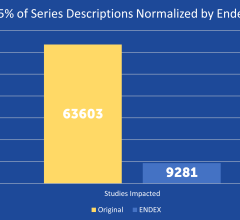
SPONSORED CONTENT — EnsightTM 2.0 is the newest version of Enlitic’s data standardization software framework. Ensight is ...
October 3, 2014 — Carestream will announce its new Clinical Data Collaboration platform that goes beyond the capabilities offered by a vendor-neutral archive (VNA). This new platform helps equip those responsible for managing, providing, receiving and reimbursing care with the ability to share and manage clinical data in ways that can help reduce costs and improve service delivery.
There is no doubt about it that breast cancer is making great strides, but until it has been eradicated, we still need to fight for its awareness. The American Cancer Society (ACS) estimates that about 232,670 new cases of invasive breast cancer will be diagnosed in women in 2014, and more than 62,000 new cases of carcinoma in situ (CIS) will be diagnosed. About 40,000 women will die from this disease.
The use of contrast media in many imaging modalities continues to evolve as physicians seek to improve dose management practices and vendors churn out automated injectors that can precisely control the amount of contrast and personalize doses for patients using information pulled from an electronic medical record (EMR) or picture archiving and communication system (PACS). The features of today’s contrast media injectors include syringeless options and dose recording software, offering new possibilities for radiology departments looking to streamline and document their contrast media usage.
The U.S. magnetic resonance imaging (MRI) market has been stable for the last few years. With an estimated value of $1.25 billion, the market has been flat with very low, if any, growth. It is predominantly a replacement market, with the majority of hospitals and imaging facilities upgrading older systems to newer ones. From a field strength standpoint, 1.5T and 3.0T systems dominate the market — approximately 65 and 35 percent, respectively.
Blackford Analysis, a provider of software products that accelerate comparison of medical images, announced the availability of Blackford Workflow Server, a standalone pre-processing server that provides informatics vendors with the ability to quickly and easily integrate Blackford’s productivity technology into their product offerings.
Tested and proven for 3-D breast tomosynthesis, TomoSPOT skin markers subtly highlight areas of interest on the breast with the clearest visualization of underlying tissue detail and the least potential for “slinky” artifact compared to other mammography skin markers.


 October 03, 2014
October 03, 2014 

